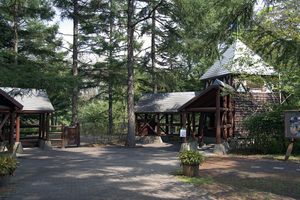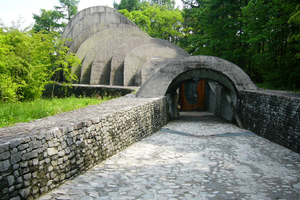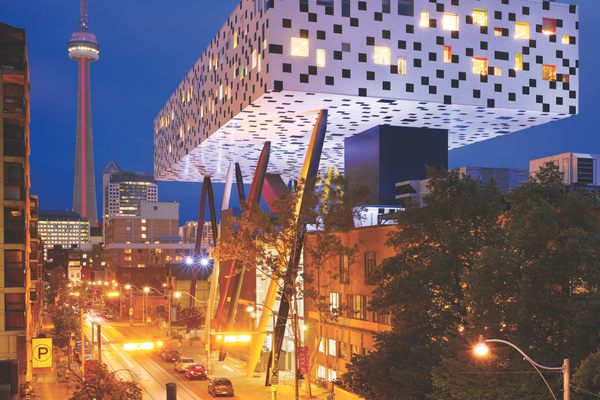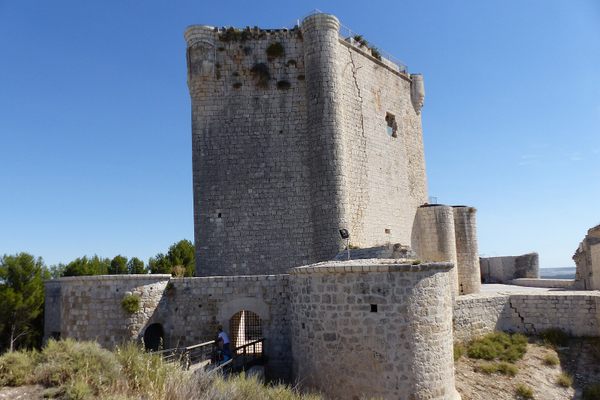About
"Star forts" were once common across post-medieval Europe, strategically shaped to defend the city from the then-novel means of attack: cannons. Later, they were introduced to Asia (through Colonialism, no less), with a few notable examples known in India and Malaysia.
In Japan, the northernmost prefecture of Hokkaido boasts a famed star fort called the Goryōkaku, constructed in 1864 to serve as the headquarters of the short-lived separatist Republic of Ezo. Today, the restored Vauban-style bastion is Hakodate's top tourist attraction, sometimes said to be the country's only fortification of this kind. That's incorrect, however, as there are two-star forts in Japan, the other being Tatsuoka Castle in Saku City, Nagano.
Constructed in 1867, this lesser-known star fort was the seat of Count Matsudaira Noritaka, a descendant of the samurai clan of Ogyū-Matsudaira remembered as one of the founders of the Japanese Red Cross. He ordered the castle to be built to defend his domain, adopting the Western style he was fond of. As it is strategically flawed in many parts, some scholars suggest that it was not meant to be a fort but a fancy residence for the count.
In 1872, only five years after its completion, the castle was dismantled and auctioned off, its grounds making way for an elementary school in 1875. The only surviving structure is the kitchen building, which was used as a storehouse by local farmers. Most of it remained part of Taguchi Elementary School for nearly a century and a half until 2022 when it was closed.
Now that it is no longer a school, the city is considering opening the site to the public, turning it back into a historic monument.
Related Tags
Hidden Japan: Sado Island, Nara & Kyoto
Explore a different side of Japan.
Book NowCommunity Contributors
Added By
Published
January 16, 2024

























